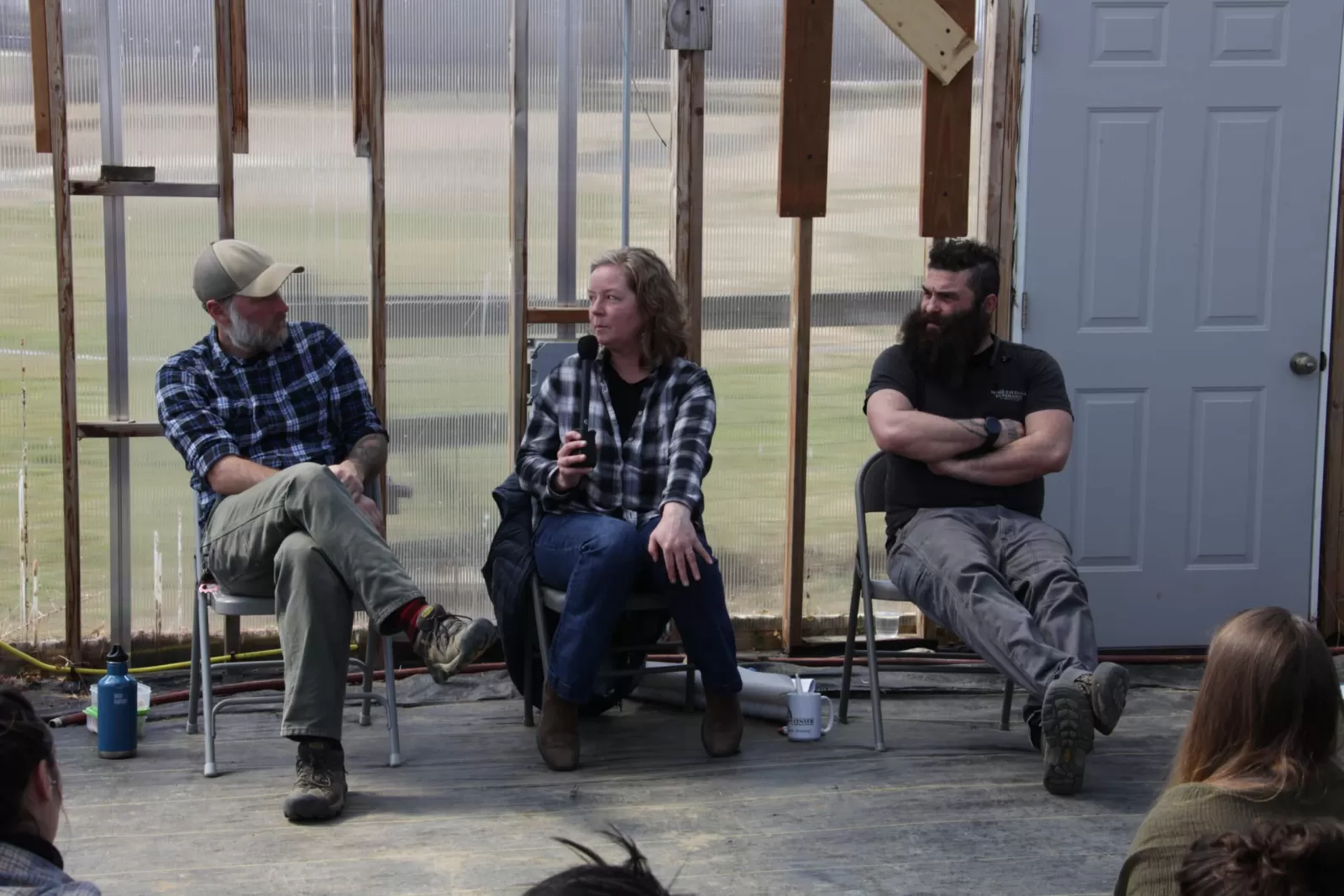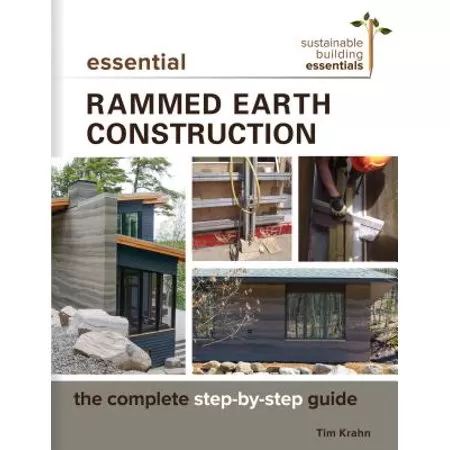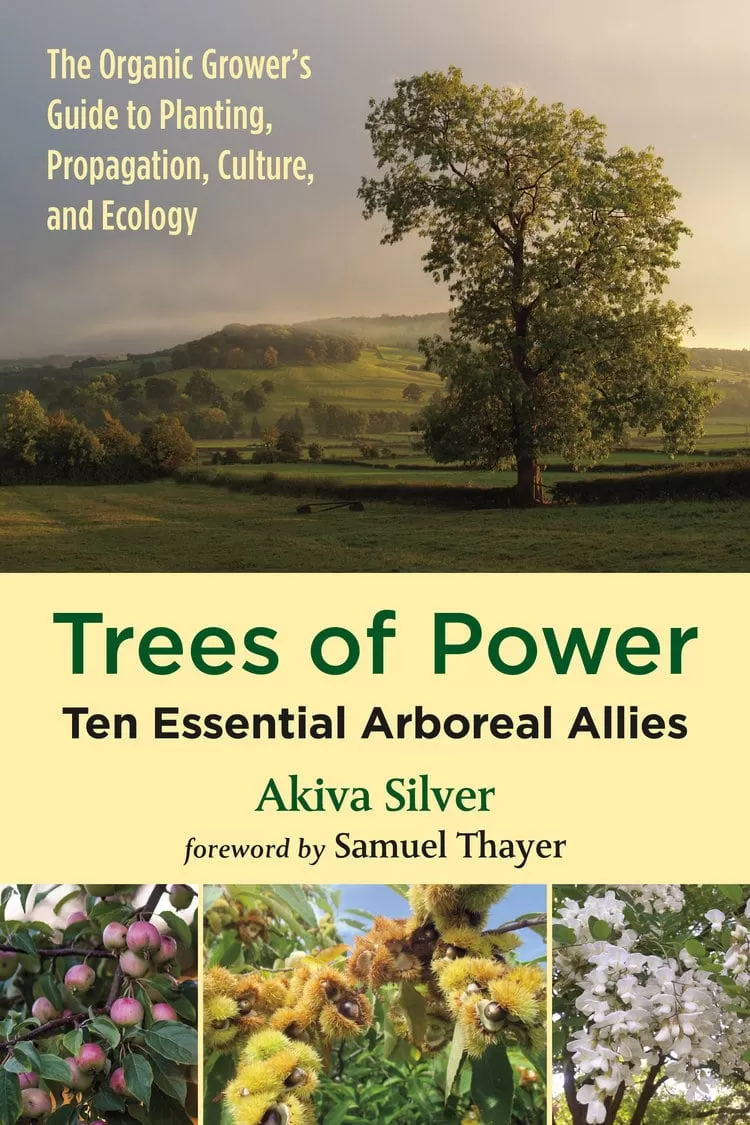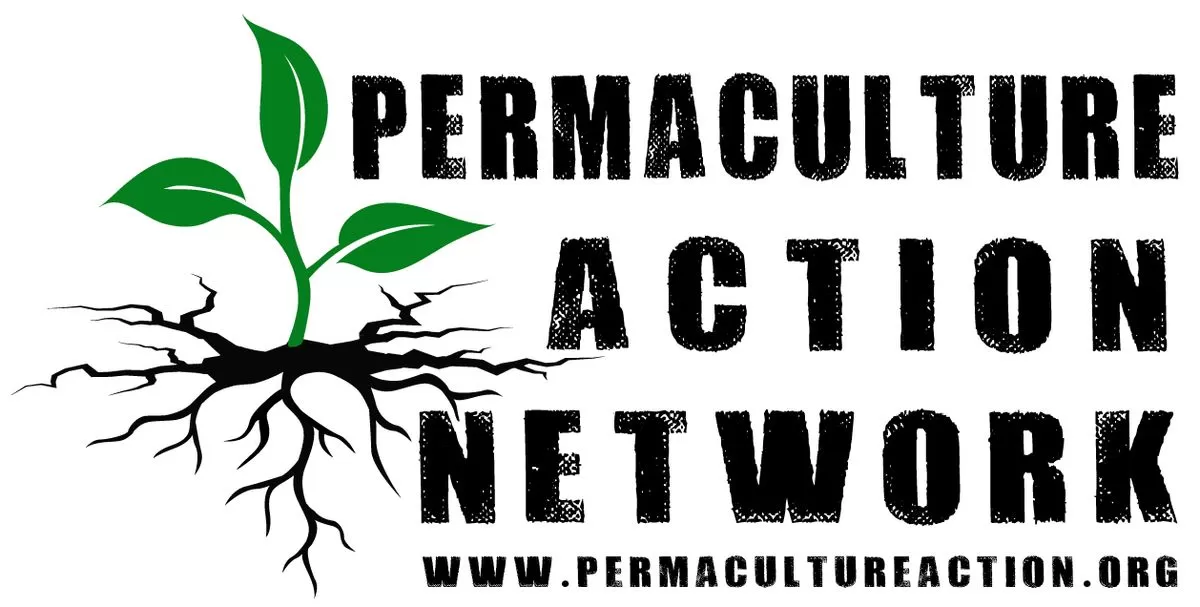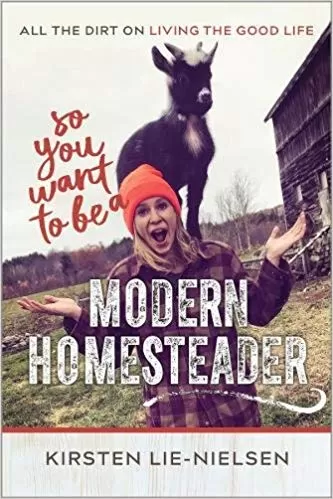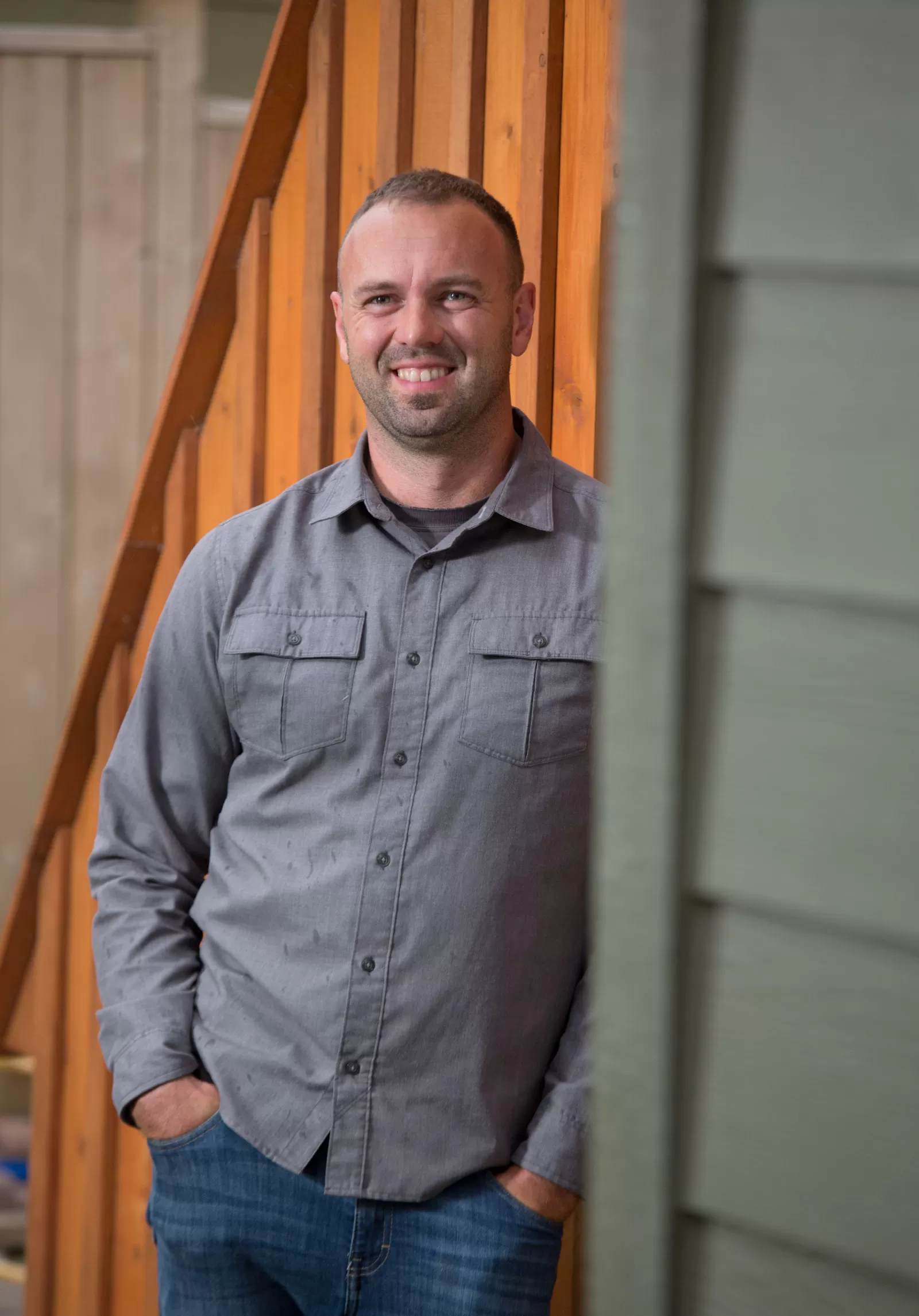Kevin Jones - Regenerative Business and Impact Investing
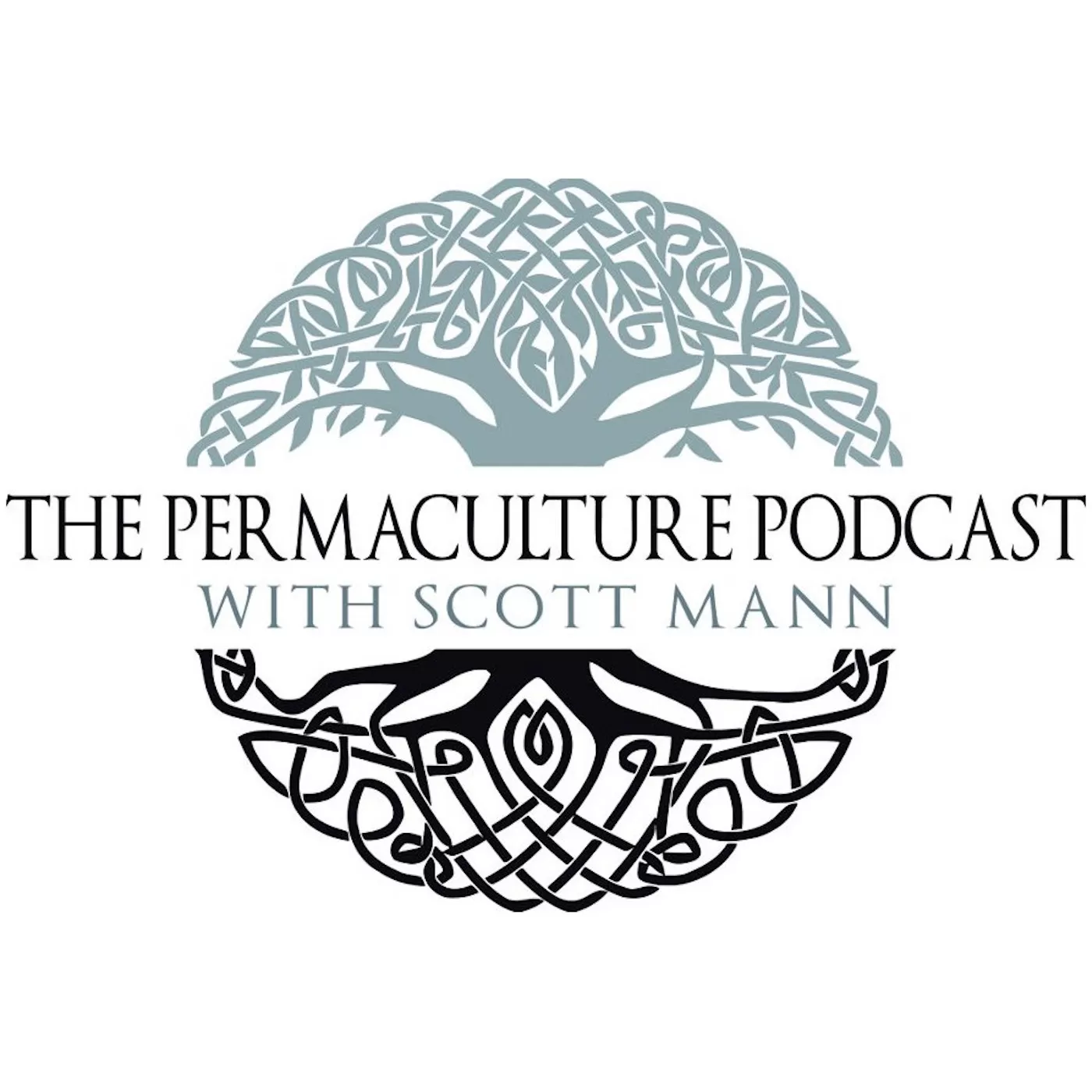
This episode continues co-host David Bilbrey’s exploration of regenerative business and permaculture as he sits down with Kevin Jones to talk about Gather Lab, Transform 19, and the need to create something more than a conference, but rather events that include action. In the case of Transform 19 those are modeled in the form of various labs where participants come together to assist organizations and businesses ready to launch, expand, or go to scale. Kevin and David also talk about Impact Investing, which focuses on mission-oriented investing so we can think like a philanthropist while acting as an investor.
As Transform 19 is still a conference at the core with these labs as a central component, Kevin also shares some of the speakers and other offerings at the event. You’ll hear about a number of people and projects you may want to explore further and connect with from all over the globe.
You can find more about Kevin's work with Gather Lab at GatherLab.net and Transform: Climate, Communities, and Capital at TheTransformSeries.net
Though Kevin gives us quite a bit regarding the various ways he and others focus on business development, impact investing, and what to expect from Transform 19, what I think about from this and my own experience is that burst of energy we have—the anticipation and excitement—leading up to an event, the fall off afterward, and what we can do to keep the momentum and possibility for change going once we’re no longer together. Kevin uses a lot of technology to accomplish this goal, through conference calls, Slack instances and custom software.
For those of us not plugged into those resources I think of Facebook events and Meetup groups, or even just posting meeting details to an Instagram account or Twitter, to bring us and keep us together. To me, however, the most important part is ongoing face-to-face time together, where we consistently show up. As we have our meetings and conversations after an event, we need to continue learning the stories of those around us, whether a personal anecdote or, like Kevin and his folks are doing with Transform, the stories of successful professionals; the people who did the work, overcame the struggles, and found a way forward. Can we, as Kevin himself mentioned at the beginning of the interview, openly talk about the fact we failed? To share that the journey along the way is more than just our successes and we have other lessons to learn through failure, such as the temperament Kevin’s wife brings to their businesses that balances his thoughts and energy. The further I dig into my own focus with permaculture, social permaculture, and community development, the more importance I place on getting to know one another, through silly stories like the origins of a nickname; to conversations about what breaks our heart; how we fell in love with a piece of land; or discovered the calling and created a business that changed our lives. We all have stories of success and failures. Those stories matter. What are your stories?
Let me know by leaving a comment below.
Resources
Gather Lab
The Transform Series
B Corporation (Certification)
Regenerate Illinois
Root Capital
The Democracy Collaborative
Lotus Foods
Guayaki
Indigenous Designs
Iroquois Valley Farmland
Related Interviews
Otto Scharmer - Theory U and the Emerging Future
Carol Sanford - Responsible Business, Responsible Entrepreneur



